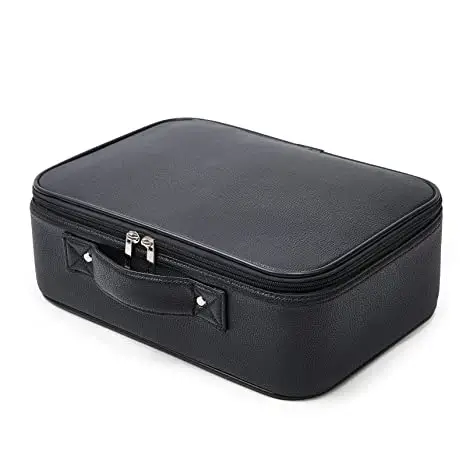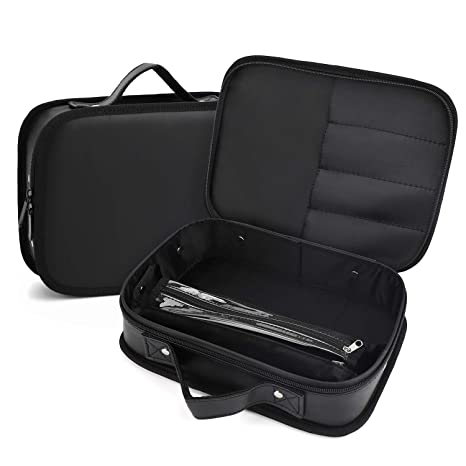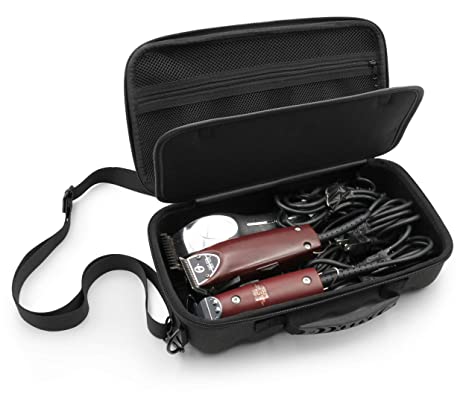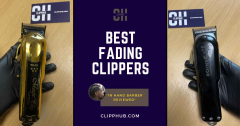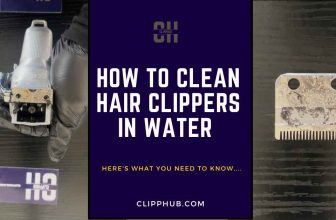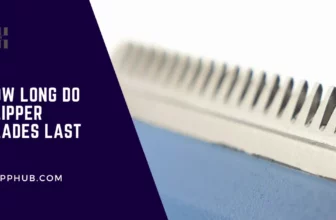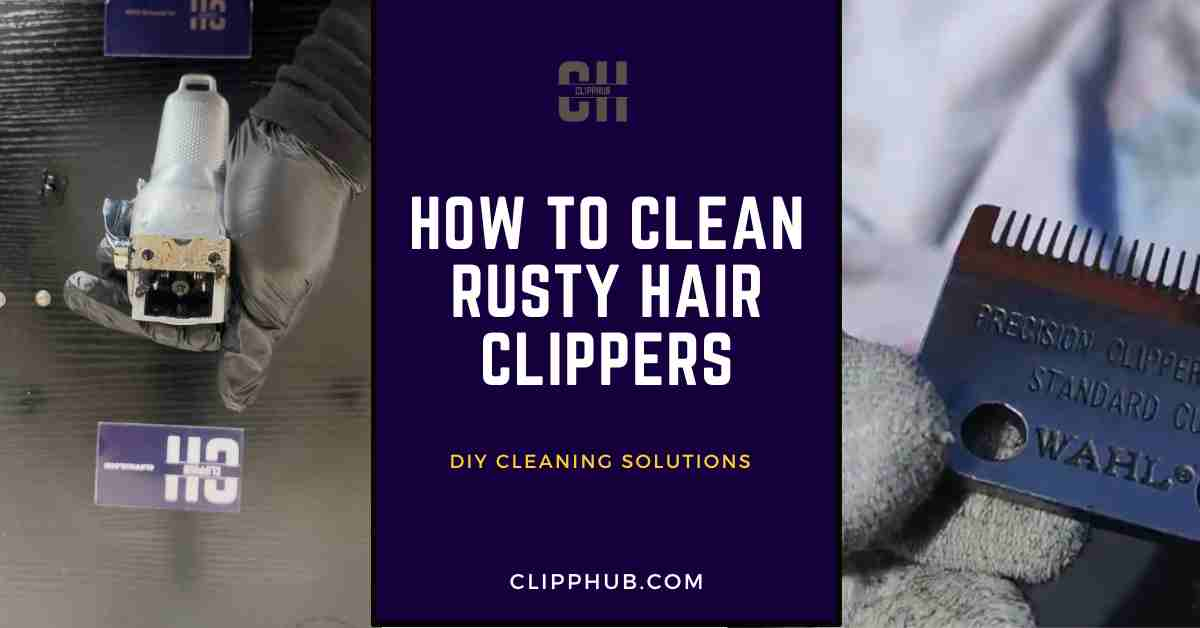
Rusty hair clippers aren’t a great look.
Not only that, but they ruin your Clippers’ performance too.
So if you’re looking to remove the rust from your blades, then you’re in the right place.
In this guide, we’ll go through:
- How rust is formed on blades and what you can do to prevent it
- The two types of clipper rust and how each one affects your blades’ performance
And…
what to do AFTER cleaning to set your blades up for cutting perfection.
So with that said, let’s begin.
How To Clean Rusty Clippers
Not all rust is the same: you either have stain rust or deep blade rust.
Below I will quickly show you how to remove both.
But before we get into this guide, I must stress:
You must also understand that if your blades were previously stainless steel and are now rusted: even if you do remove the rust, they may not cut to the same level and will be even more prone to rusting.
But there’s no need to waste money on another new set of clippers….
It just means maintenance will be even more important!
And the guide below can certainly help.
Let’s start with stain rust:
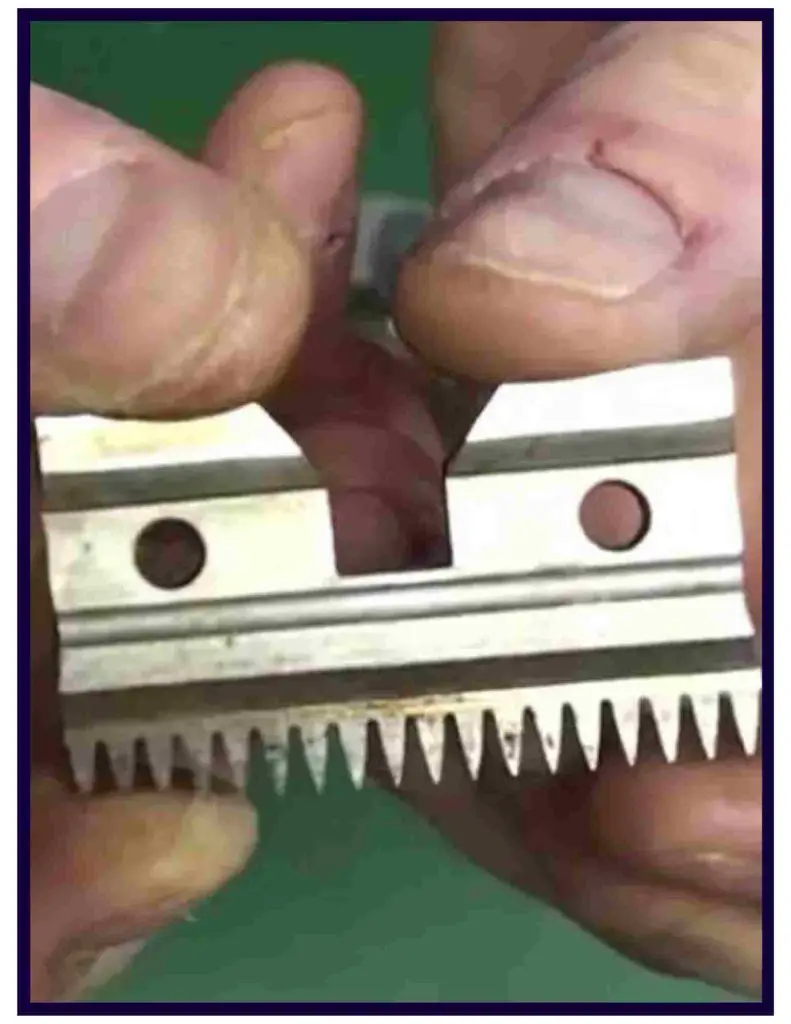
- Remove both blades from your hair clipper
- Spray some blade wash on both blades (enough to cover the stained area)
- Using a bristle hairbrush or toothbrush, scrub away at the stained area. Apply just enough pressure to remove the rust.
- Towel dry the blade and make sure all blade wash is removed from the blade
- Oil the blades and put them back on your clippers
This next list of steps is for blades with deep blade rust. These blades are heavily rusted and will need more work to be cleaned and removed.
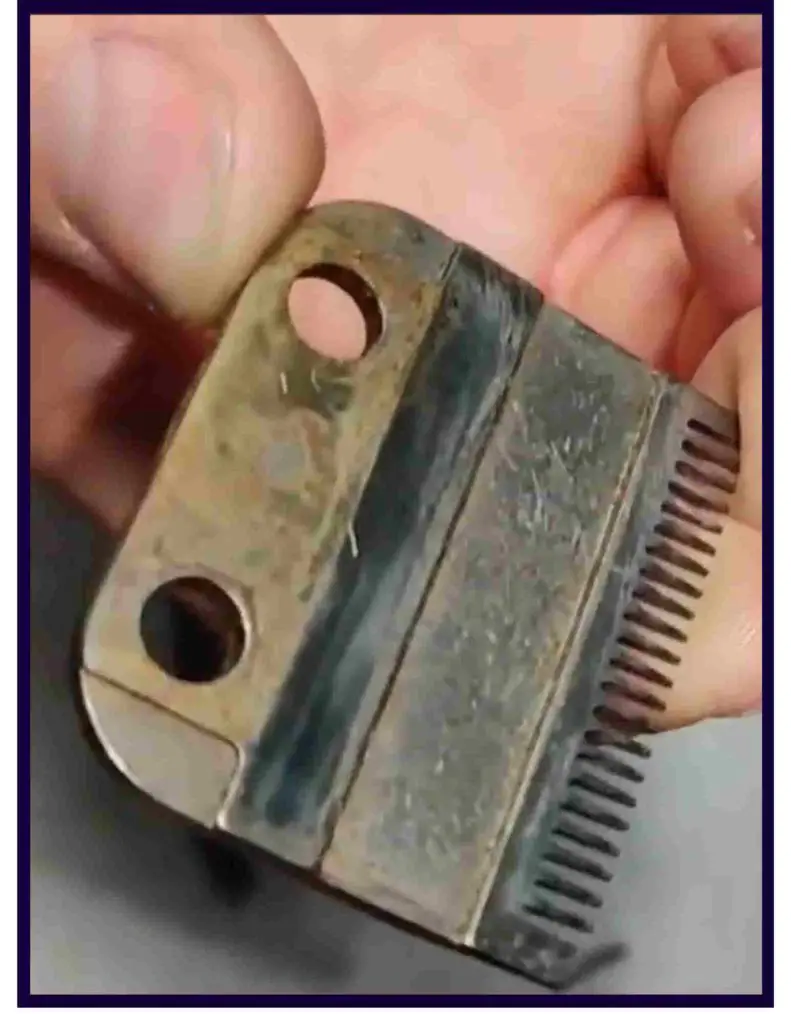
- Pour some apple cider vinegar or distilled white vinegar into a plastic bowl/glass
- Place the rusted blade into the vinegar and leave it for 30 minutes or more (depending on the rust)
- Take the blades out and remove any remaining rust using a wire brush or toothbrush
- Place the blade into a mix of water and baking soda for 2 minutes
- Take the blades out and thoroughly wipe them dry
- Put them back on your clippers and oil them
We wanted to keep things simple,
So that was just a quick overview of how to clean rusty clippers.
If you would like an in-depth version with extra tips and guidance, I provide the fully detailed process further down this article.
So now you know how to clean your blades of rust, but how did they become rusty in the first place?
I have the answers to that next.
Why do hair clippers get rusty?

The main reason hair clipper blades get rusty is due to poor maintenance.
Hair clipper blades are made to last multiple years, so if your blades are rusting easily, something is wrong.
The possible reasons could be:
- Lack of cleaning/oiling
- No use of blade guards
- Storing in humid conditions
- Using clippers on wet hair
If you’ve been neglecting these steps, starting today can save your clippers.
First things first,
Not cleaning or oiling your blades is a criminal offense in the clipper world.
You should be deep cleaning your hair clippers every few uses and oiling them every 2 uses.
Doing this reduces the likelihood of dirt permanently staying on your clippers, even causing them to break down.
It also reduces the likelihood of your blades moving against each other, as the friction from this movement, along with the heat, aids in producing rust over time.
Another way to save your clippers from rust is by using blade guards.
Apart from changing hair lengths, blade guards can act as a barrier between a dirty surface and your clipper blades.
They reduce the contact between your blade and wet, dirty surfaces, which helps stop them from being exposed to the germs and bacteria that will cause rust.
Furthermore, storing a clipper blade in humid conditions will almost certainly lead to rusting.
These are any conditions that contain a high level of water vapor in the air.
Humid conditions typically feel very warm, even when it is not sunny outside.
Long story short,
You should store your blades in a dry environment to stop the risk of corrosion.
You can store your clippers in their casing, in a travel bag or even a plastic bag!
As long as it’s a dry place. It will work.
Opt in for one of these personal barber bags below while they are still in stock, these are my top choices at their best price.
If you are after larger bags or a more in-depth review of each bag, check out the best barber bag article.
Lastly, you should avoid using your hair clippers on wet hair as much as you can.
Wet hair aids in producing rust. This is due to the oxygen reacting with the metal when provided with a source of moisture (water)
Keeping water far from your blades is extremely beneficial when stopping rust from forming.
If you would like more reasons as to why your clipper blades rust, you can find out more in my article – how to keep your hair clipper blades from rusting.
So you messed up and didn’t maintain your blades, and now they’re stained and starting to rust.
Not to worry, below I have an in-depth guide on how to solve this problem.
How to Clean Rusty Hair Clippers
Cleaning rust from clippers is fairly straightforward.
The method will guide you (in detail) on how to clean ‘rust’ or ‘staining’ from the sole plate of your blades (not the teeth).

For this process, you will need:
- Hard bristle toothbrush/ light wire brush
- Blade wash / Andis Cool care
- Water
- Towel
- Hair clipper oil
So with that said, let’s bring your rusted hair clippers back to life.
Step 1: Remove Rusted Clipper Blades
When removing your clipper blades, focus on the blade that has rust on the underside (the sole plate).
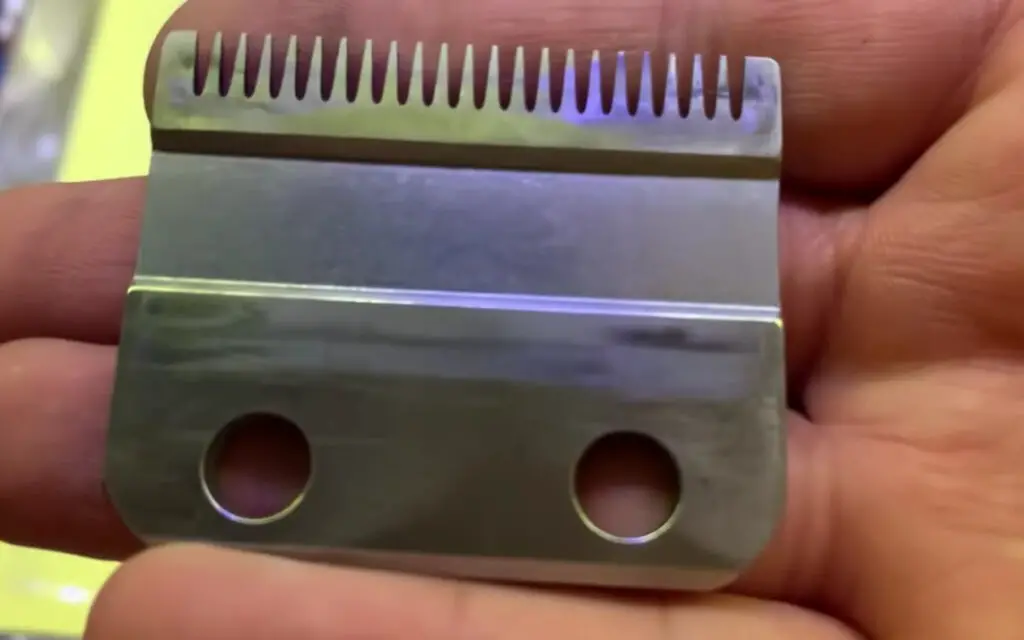
If rust is on the blade teeth of the flat side, it’s even more reason to avoid scrubbing, as you could damage them.
You’re better off replacing your blades or letting them soak in vinegar and hoping it comes off naturally (steps are below), rather than just using blade wash and scrubbing hard.
Sidenote: If your blades have become rusty beyond repair, replace them with my top picks below:
Best Clippers for Fades (Master The Art Of Fading)
Step 2: Apply blade wash to the rusted/stained area
Now your rusted blade has been removed, find the stained or rusted area and apply some blade wash or Andis Cool Care on the area.
Make sure you apply enough of the product to cover the affected area.

Step 3: Scrub the Rust away
Now using a soft wire brush or a hard bristle toothbrush, scrub away at the rust or stain on the blade.
Try to be as gentle as possible to avoid scraping off too much metal.
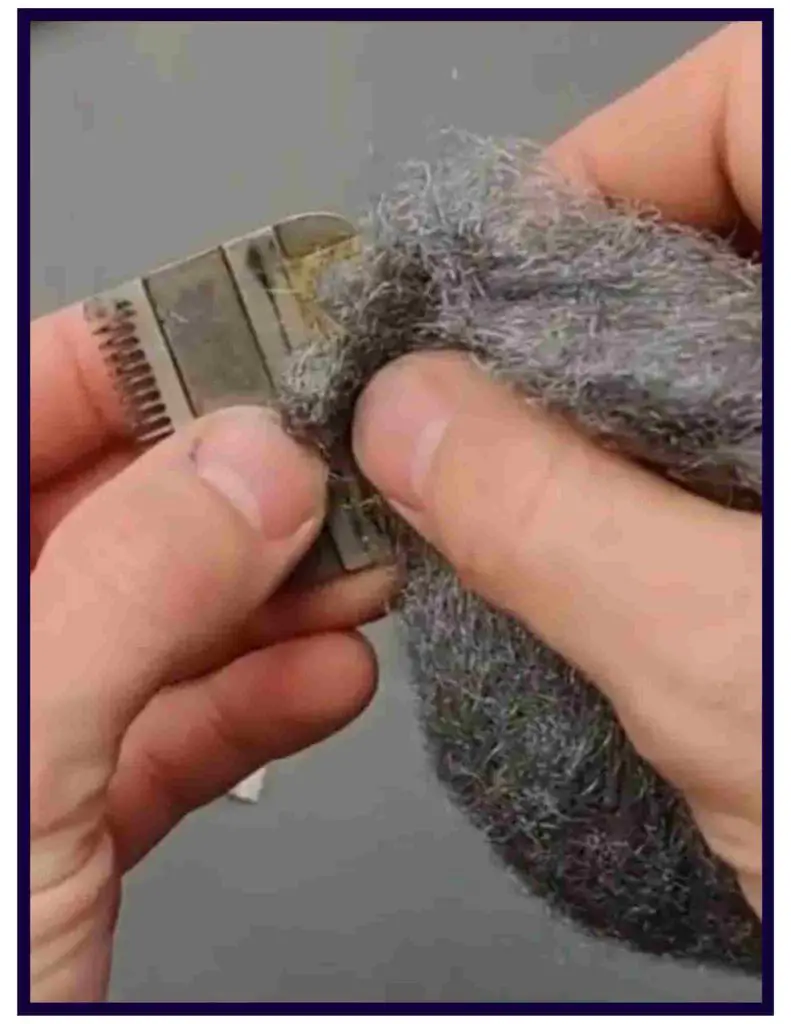
Step 4: Clean down
Once your blade looks shinier or has a look you would like, take the blade and pass it underneath some water to wash off any remaining bits of rust still left.
But you must THOROUGHLY DRY YOUR BLADES!
Once done, take a towel and dry the blades. You don’t want to leave any liquid on your blades.
As I said previously, leaving water on your blades can cause rusting and we want to avoid this.
Step 5: Attach blades back onto your clippers.
Now your blade is clean, you can attach it back onto your hair clipper, but you need to make sure you do this step right.
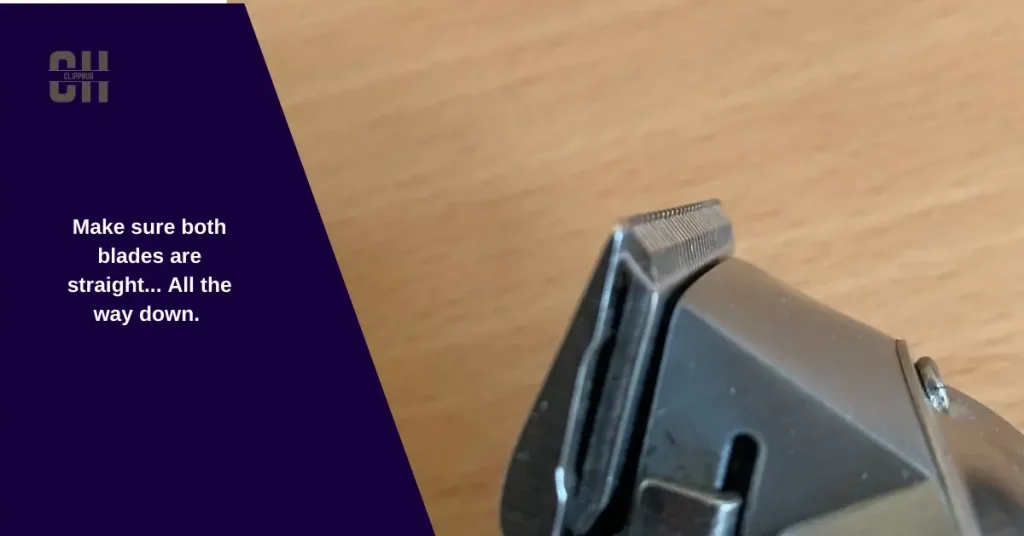
Make sure the cutting blade is straight and in line with the front cutting rail blade/ guard blade.
Also make sure the distance between the top teeth of both the front cutting rail blade and the top cutter blade is 0.8mm thick, the same depth as a credit card.
To achieve this, tighten the screws on the back of the blade.
Be sure to leave enough wiggle room so that you can make the right adjustments.
When everything is in place, you can fully tighten the screws.
Step 6: Protection
To make sure your blades are clean, be sure to keep oiling your clippers. Oil your clippers every two uses.
This not only keeps rust away from your blades but also helps them to perform at their best.
And just like that, your rusted clipper should be clean.
If you have STILL not seen any change in your blade, no matter how hard you scrub, it is likely the level of rust on your blade is extreme and will need more work.
But not to worry, I will cover this in the section below.
This video by Good Mods shows how to deep clean your blades:
How to Remove Rust from Hair Clippers (Extreme Rust)
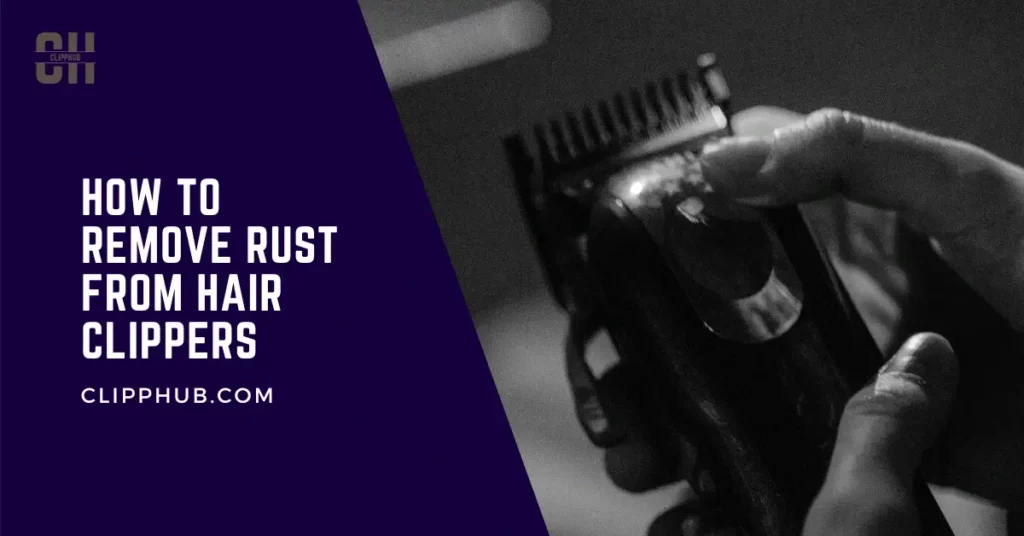
This method of rust removal is best for the blades that have an extreme amount of rust, especially on the teeth.
It is more time-consuming than the steps above, but by the end, your rusted blade should be back to its best.
For this process, you will need:
- Apple Cider vinegar / Distilled white vinegar
- A glass
- Water
- Baking soda
- Hair clipper oil
Step 1: Remove your affected blade(s)
With this method, you can remove whichever blade is affected by the rust. It does not matter where the rust is located on the blade.
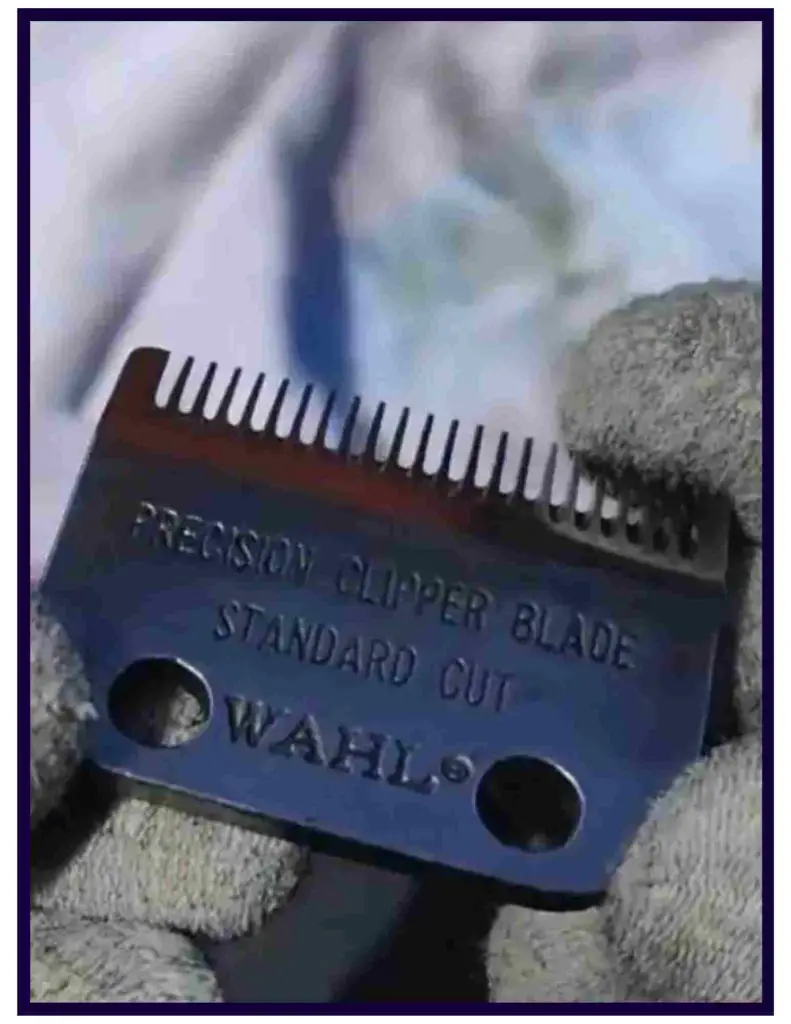
Step 2: Using Vinegar
Grab a glass and pour in the vinegar of your choice. Be sure to pour a significant amount of vinegar. This is done so that the rust has enough solution to react against.
Once this is done, leave your blades in the solution for at least 30 minutes.
Now if the rust is severe, you may need to leave it for a few hours – but no more than 5 hours.
Step 3: Check signs to remove
When a good amount of time has passed, you will notice the vinegar has turned into a cloudy, orange solution.
This is an indication that the rust has been stripped from your blades and at this point, you can remove them.
Step 4: Wash it down with baking soda
Now your blades have been removed, you need to neutralize the acid from the vinegar to avoid flash rusting.
Step 5: Remove any extra rust.
Now you can remove the remaining bits of rust on your blades.
Using a wire brush, or hard bristle brush, scrub away any rust remaining on the blade.
While scrubbing your blade, occasionally dip it back into the water/baking soda mix.
This helps you to see your progress as well as keep your blade from flash rusting.
Step 6: Dry/ Re-assemble
Once you have removed all of the rust from your blades, dry both blades.
Take a clean, lint-free towel and dry the blades thoroughly.
Make sure there is no liquid solution left on your blade.
Once done, re-attach your blades, but make sure they are fully aligned.
Step 7: Oil your clippers
Once your blades are attached, you need to oil your clippers.
Hair clipper oils like the wahl hair clipper oil add a protective coat over your blades that stops the formation of rust.
You need to also frequently oil your clippers to stop rust from forming again.
Unsure of where to oil your clippers?
This image gives an outline of where you need to oil, but my article on how to oil hair clippers explains it in more detail.

Step 8: sharpen your blades.
After a few days, you can look to sharpen your clippers if you want the best-looking and best-performing blades.
The severe rust has likely taken some metal from your blades so it’s important to shape them and get a fresher layer.
Ideally, you want to get this done professionally as you want to get the hollow ground back into your blades, but it can also be done at home.
To make sure you sharpen them correctly, check out my in-depth guide on how to sharpen clippers using sandpaper, and how to sharpen clippers using a grindstone.
Conclusion
Now you have a better understanding of how to clean rusty hair clippers.
As I have mentioned, hair clippers can rust for multiple reasons, these can be:
- Lack of cleaning/oiling
- No use of blade guards
- Storing in humid conditions
- Used on wet hair
It is important that you stay on top of these possible problems, as doing so could be the difference between your blades quickly rusting again or them performing at their very best.
If you have found this article helpful, please comment about your experience and be sure to check out other articles on this topic.

